| REF: | 15736_324642 |
| DATE: | 22 - 26 Sep 2025 26.Sep.2025 |
| LOCATION: |
Rome (Italy) |
| INDIVIDUAL FEE: |
4900 Euro |
Introduction:
A strong safety culture is essential for the success of any organization, particularly in high-risk industries. The Safety Culture Assessment, through audit and gap analysis, is a critical tool for evaluating an organization’s safety practices, identifying gaps between existing procedures and industry standards, and uncovering areas for improvement. This assessment process enables organizations to measure their current safety culture and develop actionable strategies to foster a safer working environment, reduce incidents, and enhance compliance with regulatory requirements. Through continuous evaluation, the Safety Culture Assessment ensures that safety remains integral to organizational operations.
The Safety Culture Assessment (Audit-Gap Analysis) course focuses on developing a strong safety culture within organizations. This training equips participants with the tools to assess and improve workplace safety culture through effective safety culture assessments, gap analysis, and tailored surveys. They will gain insights into what a safety culture is, its importance, and how to utilize safety culture assessment tools like checklists and surveys to measure performance.
The Safety Culture Assessment (Audit-Gap Analysis) training emphasizes the evolution of safety culture, its benefits, and the role of process safety assessments in establishing and enhancing safety practices. By conducting a skills audit gap analysis, organizations can identify areas for improvement and implement strategies to foster a robust and effective safety culture. It is ideal for those seeking to improve safety practices, create an environment where safety is a core value, and understand the steps to implementing and sustaining a safety culture.
Targeted Groups:
- Safety Managers and Coordinators.
- Health and Safety Officers.
- Risk Management Professionals.
- Operations Managers.
- Compliance Officers.
- Human Resources Personnel.
- Supervisors and Team Leaders.
- Auditors and Internal Review Staff.
- Senior Management and Executives.
- Employee Safety Committees.
Course Objectives:
At the end of this Safety Culture Assessment (Audit-Gap Analysis) course, the participants will:
- Understand the principles of safety culture and its impact on organizational performance.
- Learn how to conduct comprehensive safety audits and identify gaps in current safety practices.
- Develop skills to perform effective gap analysis to bridge gaps between safety policies and industry standards.
- Enhance the ability to evaluate and improve safety performance through data-driven insights.
- Gain knowledge on regulatory compliance and how to ensure alignment with safety standards.
- Create actionable plans to foster a stronger safety culture within the organization.
- Build leadership skills to drive continuous safety improvements.
- Learn best practices for reporting, monitoring, and managing safety-related risks.
Targeted Competencies:
By the end of this Safety Culture Assessment (Audit-Gap Analysis) training, the participant's competencies will:
- Risk Identification and Mitigation.
- Safety Audit and Inspection Techniques.
- Regulatory Compliance Understanding.
- Gap Analysis Methodology.
- Incident Investigation and Reporting.
- Safety Performance Evaluation.
- Leadership in Safety Culture.
- Continuous Improvement Strategies.
- Data Analysis and Reporting Skills.
- Change Management in Safety Practices.
Course Content:
Unit 1: Introduction to Safety Culture:
- Define safety culture.
- Importance of safety culture in organizations.
- Key components of a strong safety culture.
- Role of leadership in building safety culture.
- Impact of safety culture on performance.
- Common challenges in developing a safety culture.
Unit 2: Safety Audit and Assessment Techniques:
- Purpose of safety audits.
- Types of safety audits (internal, external, regulatory).
- Steps to conduct a safety audit.
- Key tools for safety audits.
- Documenting audit findings.
- Analyzing audit results.
Unit 3: Gap Analysis for Safety Culture:
- Define gap analysis in safety culture.
- Measure gaps in safety practices.
- Prioritize gaps by risk and impact.
- Develop corrective action plans.
- Implement changes from gap analysis.
- Continuous improvement through gap analysis.
Unit 4: Regulatory Compliance and Safety Standards:
- Key safety regulations.
- Industry safety standards overview.
- Aligning safety practices with regulations.
- Overcoming compliance challenges.
- Role of compliance in safety culture.
- Regulatory audit best practices.
Unit 5: Developing and Sustaining a Safety Culture:
- Strategies for building a safety culture.
- Engaging employees in safety efforts.
- Leadership commitment to safety.
- Monitoring safety culture progress.
- Using safety data for improvement.
- Sustaining long-term safety culture changes.


